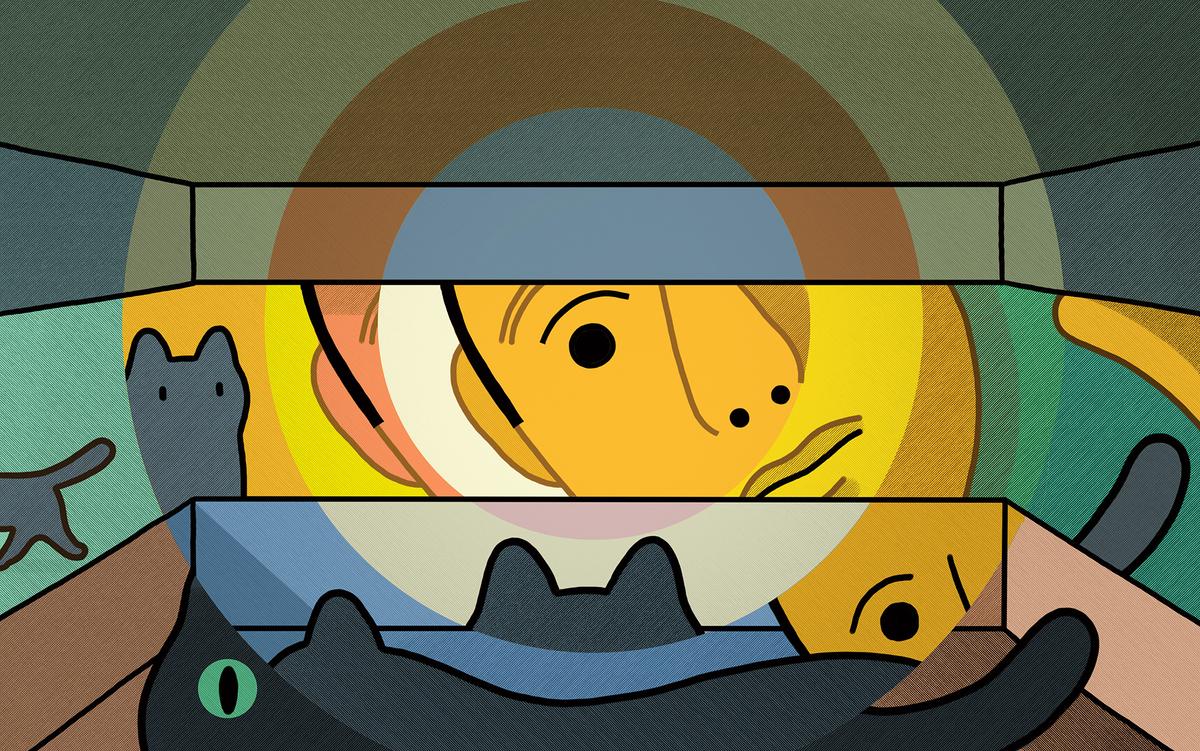
"In this paradox, Schrödinger juxtaposes the realm of quantum mechanics with everyday existence, illustrating the bizarre implications of superposition on human understanding of reality."
"The cat, simultaneously alive and dead according to quantum theory, serves as a symbolic representation of the challenges scientists face when interpreting quantum states."
In 1935, Erwin Schrödinger introduced the concept of his eponymous cat to highlight the perplexities of quantum mechanics, particularly superposition. His thought experiment features a cat inside a sealed chamber with a radioactive atom that may or may not decay, leading to a 50% chance of the cat being alive or dead. This strikingly odd scenario captures the struggle of reconciling quantum theory with reality, embedding itself in popular culture as a metaphor for uncertainty, and showcasing the human psyche's confrontation with complex scientific concepts.
Read at Aeon
Unable to calculate read time
Collection
[
|
...
]